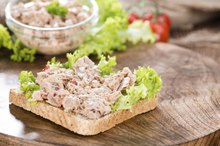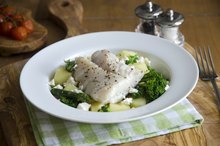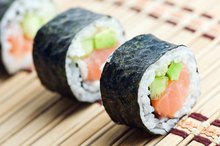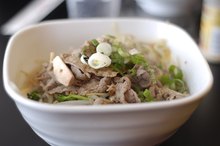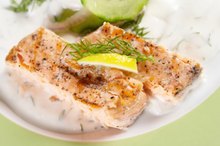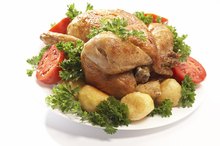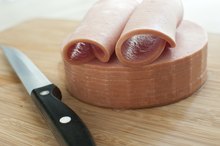What does fact checked mean?
At Healthfully, we strive to deliver objective content that is accurate and up-to-date. Our team periodically reviews articles in order to ensure content quality. The sources cited below consist of evidence from peer-reviewed journals, prominent medical organizations, academic associations, and government data.
- Mayo Clinic; Exercise for Weight Loss: Calories Burned in 1 Hour; December 2009
- MedlinePlus Medical Encyclopedia; Dietary Fats Explained; October 2010
The information contained on this site is for informational purposes only, and should not be used as a substitute for the advice of a professional health care provider. Please check with the appropriate physician regarding health questions and concerns. Although we strive to deliver accurate and up-to-date information, no guarantee to that effect is made.
The Nutritional Value of Plaice
Plaice, also known as flatfish, is a low-calorie, low-fat type of seafood that can be suitable for low-carbohydrate diets, as it is carbohydrate free. Plaice is also a rich source of protein, so the fish can be a beneficial addition to your diet. Note that different methods of cooking, such as frying, will alter the nutritional value of plaice.
Calories
Plaice is low in calories 12. An 100 g serving of raw plaice contains just 85 calories, which comprises less than 5 percent of the daily recommended intake of 2,000 1. If you're dieting, plaice can be a good choice, because you can burn the calories it provides relatively quickly. A 10-minute session of swimming laps or 6 minutes of rollerblading would be sufficient to burn 85 calories.
Protein
Can Tuna Salad Help You Lose Weight?
Learn More
Plaice is a good source of protein, as each 100 g serving of raw plaice provides 18 g. This amount is equivalent to three eggs, but with many fewer calories, as three eggs would provide 210 compared with the 85 in 100 g of raw plaice 1. Consuming adequate levels of protein is vital, as the nutrient promotes muscle gain, and, according to October 2004 research from "Journal of the American College of Nutrition," increased protein intake can also enhance weight and fat loss.
Fat
Plaice is low in fat, with just 2 g in each 100 g of raw plaice. None of this fat is saturated, a type of fat that may increase your cholesterol levels. Dietary fat is essential for your health, as it provides energy, aids in growth and development and helps your body absorb vitamins.
Carbohydrates
Baked Haddock Nutritional Values
Learn More
Plaice can be a suitable addition to low-carbohydrate diets, as the fish does not contain any carbohydrates. Carbohydrates are your body's primary source of energy, but restricting carbohydrates can aid in weight loss.
Sodium
Although some types of seafood are high in sodium, plaice is not. An 100 g serving of raw plaice contains no sodium. Sodium is a vital nutrient, but consuming too much sodium can cause fluid retention or high blood pressure.
Related Articles
References
Writer Bio
Brian Willett began writing in 2005. He has been published in the "Buffalo News," the "Daytona Times" and "Natural Muscle Magazine." Willett also writes for Bloginity.com and Bodybuilding.com. He is an American Council on Exercise-certified personal trainer and earned a Bachelor of Arts in journalism from the University of North Carolina.
